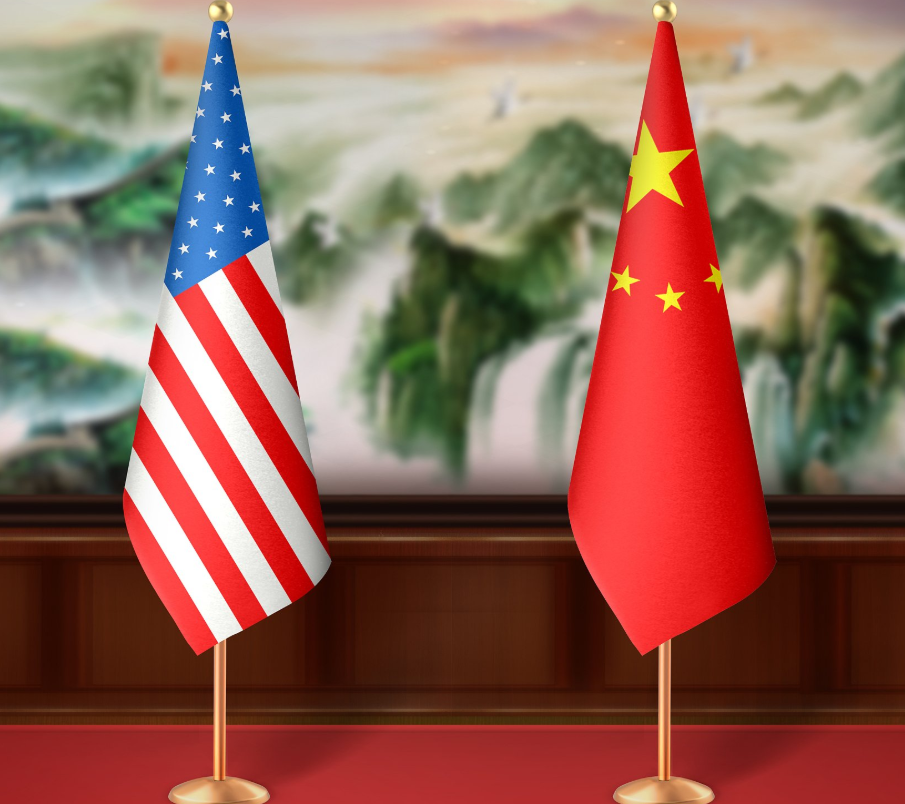U.S. President Donald Trump has imposed a 50% tariff on all imported copper, effective August 1, 2025, citing national security as the key reason. Copper is critical for semiconductors, defense systems, aircraft, ammunition, batteries, and hypersonic weapons. The U.S. currently imports nearly half of its copper needs, with major suppliers including Chile, Canada, Mexico, and China. Copper prices surged over 9% following the announcement. China responded by criticizing the move, calling it an overstretch of national security and warning that trade wars benefit no one. This major tariff marks a significant shift in U.S. trade and industrial policy.
Trump Slaps 50% Tariff on Copper Imports from August 2025
In a dramatic policy move, U.S. President Donald Trump has announced a sweeping 50% tariff on all imported copper, effective from August 1, 2025. The announcement was made via his official Truth Social account, where he emphasized national security as the primary motivation behind the tariff.
Trump stated that copper plays a critical role in the manufacturing of semiconductors, aircraft, ships, ammunition, data centers, lithium-ion batteries, radar systems, missile defense systems, and hypersonic weapons—technologies that are central to U.S. military and industrial capabilities. He described the material as the “second most used material by the Department of Defense” and blamed previous administrations, particularly Joe Biden’s, for weakening America’s copper industry.
The announcement had an immediate market impact. Copper prices surged by 9.3% following the post, hitting $5.49 per pound as traders anticipated supply disruptions and increased domestic demand.
Trump framed the tariff as a revival strategy for America’s manufacturing strength, saying, “America will, once again, build a DOMINANT Copper Industry. THIS IS, AFTER ALL, OUR GOLDEN AGE!”
According to 2024 trade data, the U.S. imported approximately 850,000 tonnes of copper (excluding scrap), which accounted for about half of its domestic copper consumption. Chile is currently the largest source of U.S. copper imports at 40%, followed by Canada and Mexico. China, while not the top source by volume, still plays a significant role in the copper trade with the U.S.
In 2024 alone, China’s exports of refined copper and copper alloys to the U.S. were valued at $181.19 million. Copper tubes and pipes made up another $164.02 million, while fittings such as pipe joints contributed $172.30 million. Additionally, household copper items like pot scourers and sanitary ware were exported to the U.S. at a value of $113.58 million.

China responded strongly to Trump’s move. When asked by AFP about the new tariff, Chinese Foreign Ministry spokesperson Mao Ning reiterated China’s long-standing opposition to what it considers an overuse of national security rhetoric in trade policy. She stated, “China has all along opposed moves to overstretch the concept of national security, and has always upheld that trade and tariff wars have no winners. The abuse of tariffs is in no one’s interest.”
China’s stance reflects broader concerns among major copper exporters and global markets about a potential cascade of retaliatory measures, which could destabilize global copper supply chains. The move may also trigger trade friction with other copper-exporting nations and impact pricing for industrial sectors dependent on the metal.
With this policy, the Trump administration is positioning copper as a cornerstone of U.S. economic nationalism, prioritizing domestic industry growth over trade liberalization. The coming weeks will reveal whether this bold move will successfully rebuild America’s copper dominance—or spark yet another round of global trade tension.
Disclaimer:
This article is for informational purposes only. It is based on publicly available statements, trade data, and press briefings. The views expressed by political figures are their own and do not reflect the views of this platform. Readers are advised to verify information independently and consult experts before making any investment or policy-related decisions.

